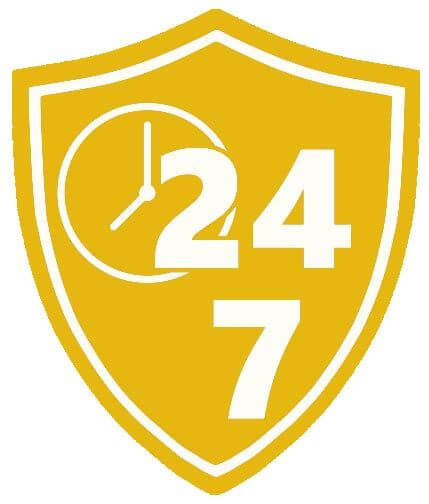Why Does Mold Smell Musty? And How Can You Get Rid of It Once You Find It?
We Can Help You Identify the Musty Smell in Your Home.
We’ve all had that moment where we noticed a musty odor in our homes, and the alarm bells start ringing. Whether it’s in the attic, the basement, or just a crawlspace you don’t use all that often, that smell means something is going wrong. That’s why, if you notice it, you shouldn’t ignore it.
Schedule your free inspection with us today! Call (877) 941-1640 to get started.
Why Does Mold Smell Musty?
When the environment in your home starts to change, it can alter the atmosphere’s composition. According to Home Air Check, the only difference between a musty odor and a moldy one is a matter of degree; in both cases you are smelling mildew, or the early stages of mold taking hold.
How Do You Stop It?
The best way to avoid musty smells and encroaching mold is to stop it before it can get a hold. When it rains, check your basement, your attic, and your crawl spaces. If you have closets that share the outside wall, pull back your clothes and make sure the differences in temperature aren’t causing problems for your clothes. Because any time there’s moisture, it can lead to problems regarding mold and mildew taking root.
Air flow is important in these situations, which is why it may be necessary to leave doors open, and to create a crossflow. Fans can help, particularly if there was a leak or a spill that you tried to clean up. However, if you don’t catch it quickly enough, and mold gets a chance to start growing, then you’ve got a battle on your hands.
Tips for Getting Rid of Mold
If you have only a relatively small area of mold (technically anything less than ten square feet is considered small, according to the CDC), then you can try to get rid of it yourself. Once you’ve removed any items that you can, and you find the core of the mold (it will likely be on a wall or the floor), you simply need to apply a cleaning solution to it, and start scrubbing.
The most common product used to clean up mold is bleach. One gallon of water to one cup of bleach makes a solution that will be ideal for non-porous surfaces, or mixing one part household detergent with 10 parts bleach and 20 parts water will make a solution that’s better for porous materials. Make sure you don’t mix anything that has ammonia, because it will create a toxic gas. In either case, spray the surface with the solution, or apply it with a rag. Let it set for roughly 5 minutes, and then scrub the surface with a brush, rag, or a gently abrasive tool that won’t harm the surface you’re trying to clean. When you’ve got the mold off, wipe the area clean with a damp rag.
If you don’t want to use bleach (as it can be tough to mix, aggravate the skin and eyes, and pose a danger to pets, children, etc.) you can also use white vinegar. While not as strong as bleach, you can spray distilled white vinegar onto the surface, let it set for roughly 10 minutes, then spray again and scrub in a similar manner as you would with bleach. Safe and non-toxic, all white vinegar leaves behind is a strong scent.
Sometimes It's More Than You Can Handle
Sometimes mold is just more than you can cope with. If it’s too much, or if you can’t seem to stop it from coming back, then all you have to do is contact us today. Our professionals will make sure your mold problem gets taken care of quickly and efficiently.


A SAFE AND CLEAN HOME
Is One Click Away
Let’s get started on your project! Contact our team online or give us a call at (877) 978-1805.


